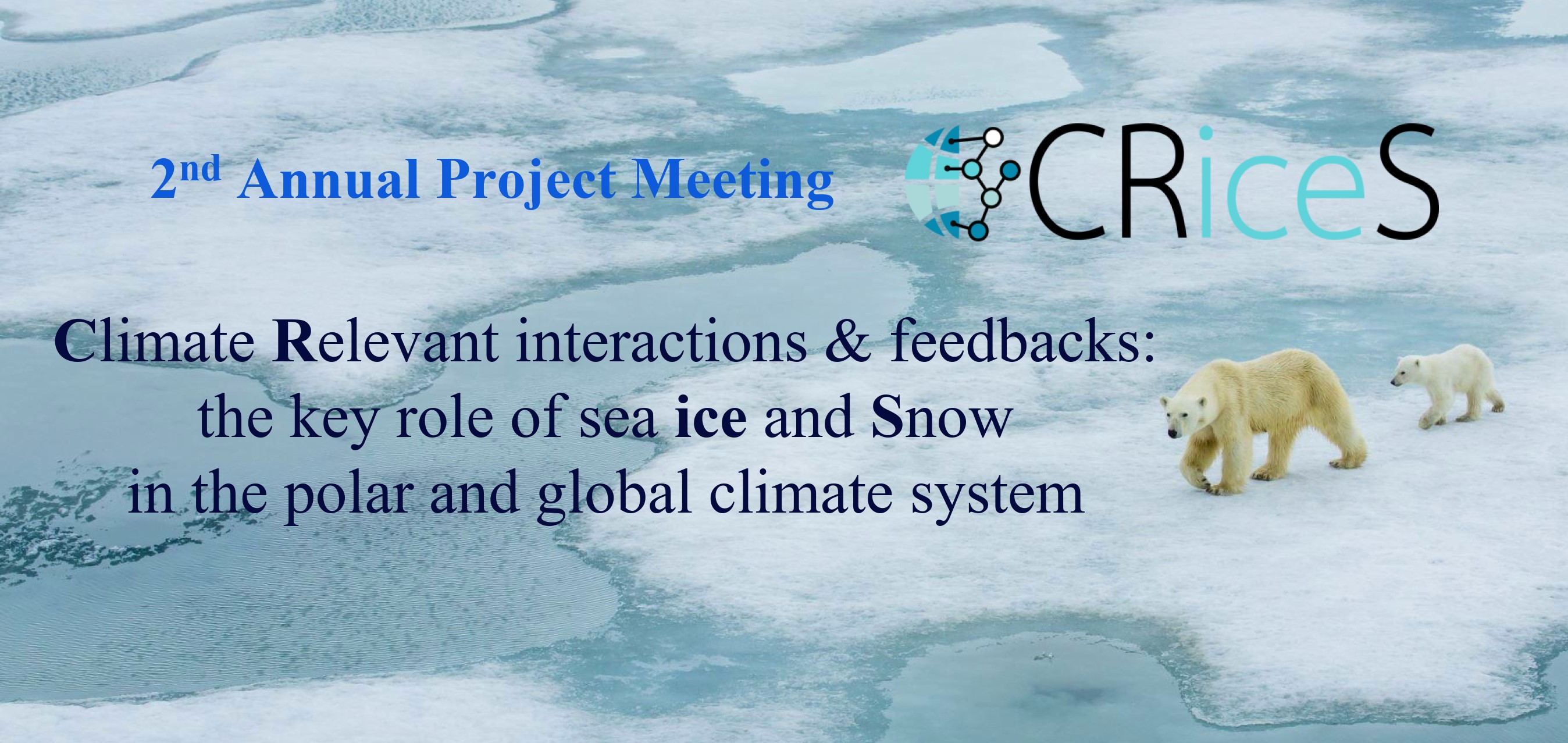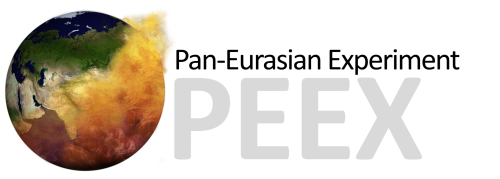Project Description

The 2nd Annual Meeting of the Horizon-2020 CRiceS project took place during 11-15 September 2023 in hybrid (both onsite and online) in Grenoble, France. More than 100 onsite and online participants from different organizations attended the meeting. The participants, attending the annual meeting onsite, met and introduced at an icebreaking party on Monday, 11th September 2023.
On Tuesday, 12th September, welcome words with local practicalities were given by the CRiceS project coordinators – Jennie Thomas (CNRS) and Risto Makkonen (FMI). The project officer, Karsten Gödderz, outlined the European Commission perspectives. It followed by talks of invited speakers: “Overview of the Scale-Aware Sea Ice Project” (SASIP) by Pierre Rampal and Veronique Dansereau (from CNRS, France); “Coupling of ocean-ice-atmosphere processes: from sea-Ice biogeochemistry to aerosols and Clouds (CIce2Clouds) overview and preliminary insights into the polar sulphur cycle from ARTofMELT (Atmospheric rivers and the onset of sea ice melt)” by Megan Willis (from the Colorado State University, USA); and “Highlights from the Polar Regions in the Earth System project” (PolarRES) by Priscilla Mooney (from Norwegian Research Centre).
The coordinators of the project presented an overview of CRiceS and the 2nd Annual Meeting objectives. The followed Early Career Researcher (ECR) Research Highlight Talks included presentations on reduced sea ice amplifies wind-driven trends in surface stress, fuelling future Arctic Ocean spin-up; local sources and transport of natural aerosols in the polar climate; impact of changing polar sea ice on the mid-latitude circulation; modelling the sea salt aerosol flux from blowing snow over a changing sea ice environment; timing of environmental controls of ice algae growth; influence of the future surface meltwater from the Antarctic ice sheet on the Southern Ocean properties and ice-shelf basal melt; python tool for evaluation of modelled cloud products with radar/lidar cloud parameter retrievals; and overview of ARTofMELT. The presentation/discussions of WP1 on Observed ocean-ice/snow-atmosphere processes: improved knowledge and model shortcomings were followed by poster session in a hybrid mode with presentations, questions, and discussions.
On Wednesday, 13th September, presentations and discussions for WP2 on Delivering improved ocean-ice/ snow- atmosphere processes in model; WP3 on Polar-lower latitude interactions and teleconnections within the Earth system; WP4 on Improved projections of future polar and global climate, feedbacks and impacts; WP6 on Engagement, communication, and dissemination with interactive session on upcoming stakeholder workshops, policy brief topic brainstorming and best practices for communications of research results; and Highlights from FORCeS project. The poster session continued as well as in parallel with the CRiceS General Assembly (with representatives from all Partners/Organizations involved).
The Thursday, 14th September, was dedicated to different working groups meetings on different topics such as intercoupled system behaviour (ocean – ice – atmosphere) using observations; scenario planning and hazards and impacts; biogeochemistry, aerosol and cloud processes – observations and modelling; designing sea ice perturbation experiments in an intermediate complexity model; understanding and parametrization of processes driving sea ice evolution in a changing climate; and others. The workshop on stakeholder engagement within CRiceS followed by key messages from the workshop and plans/ideas for next one as well as talks on integrating of indigenous traditional knowledge into climate change impacts research, summarized by a wrap up of the CRiceS annual meeting.
The last day, Friday 15th September, was dedicated to ECR with pitch presentations and ECR team building activity including the Bastille Fort excursion.
Text: Alexander Mahura, UHEL-INAR.
